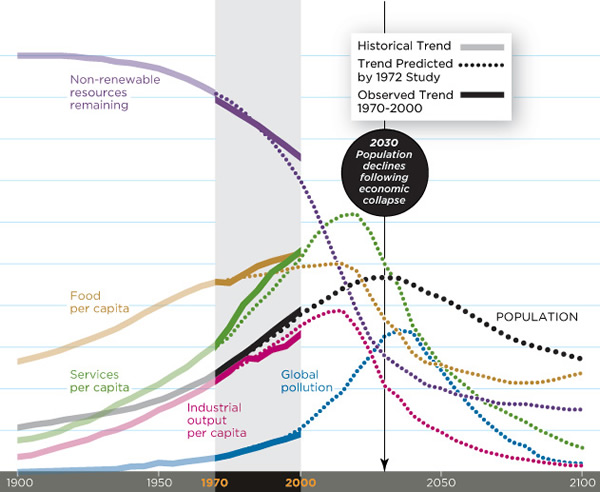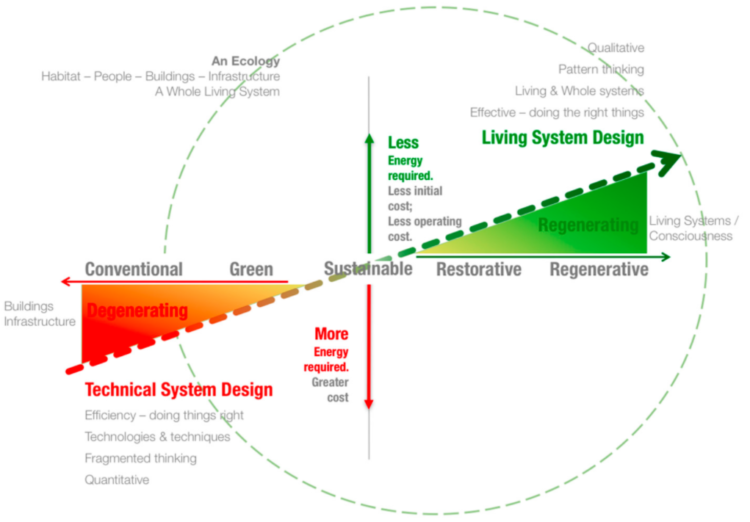.
“We are called to be architects of the future, not its victims.”
Buckminster Fuller
In these times of increasing uncertainty and volatility we must remain adaptive and responsive to the world’s most significant challenges in order to achieve global prosperity.
One solution is a circular economic system that restructures finance and business to prioritize sustainability and accessibility across our global resource supply chain, thereby guaranteeing livelihoods around the world. This regenerative system will be formed by a new era of social and cultural awareness, one that truly appreciates the interconnectedness of mankind’s socioeconomic systems and our surrounding environment. The main challenge will be to ensure that the global system aligns with the fundamental and universal principles of life.
To accomplish this, we must, first and foremost, view wealth in a holistic manner by constantly measuring financial wealth alongside environmental, cultural, social and intellectual capital. This is easier said than done, as mankind has continued on its path of economic growth at all social and environmental costs since the Industrial Revolution. The ‘take, make and dispose’ economic model, characteristic of the era, is collapsing as exponential population growth and excessive resource consumption cause a myriad of unprecedented global pressures.
.
Limits to Growth
.Source: Smithsonian (2014)
.
We are reaching a turning point. The days of breaking complex systems down into simpler parts in order to better manage them are over. What we need now is a systems-based mindset built around the idea of a regenerative economy, which recognizes that proper functioning of complex wholes cannot be understood without the dynamic relationship it has with the rest of the world. Examples of this include the production of zero-emission technologies with reusable components, the integration of public transport systems with shared vehicles, the re-use of building materials in construction and the development of a renewable energy supply to name a few. Regenerative systems must be able meet the basic needs of all people, allow natural systems to recover and prosper, promote long-term thinking and investments, redistribute wealth and maintain a strong global economy.
Many innovators around the world and across various sectors are experimenting with practical ways to reimagine capitalism so that it works for all levels of society and the planet. Agriculture is no exception. Last century was a profound success for global food production systems due to more intensive and specialized crop care, offering remarkable improvements to productivity and cost effectiveness. Yet in 2010, for the first time in a century, the growth of global yields fell below global population growth. This occurred at the same time that agriculture became recognized as one of the leading causes of environmental degradation. For too long, our linear and outdated food system pumped excessive levels of synthetic chemicals into our earth, overused land and wasted 1/3 of all food produced. We need a regenerative model in which soil is restored as it is used and in which organic nutrient loops provide the necessary inputs that build a healthier and safer food supply.
A great example is the Loess plateau in China, where nearly 1.6 million hectares of degraded land have been restored since 1990 through such regenerative systems. By replacing low value agricultural commodities with high value products, while using the latest agro ecological techniques available, 2.5 million people who tended this land have not only escaped poverty, but also tripled their income. Per capita output rose by 60% and perennial vegetation cover that increases soil nutrition doubled to 34%. Additional benefits from the transition included flood control, reduced water use, increased employment opportunities, maintained biodiversity and increased carbon absorption in soil.
.
Regenerative Design
.
Source: Regenesis Group (2015)
.
Let’s start with creating a regenerative system for agriculture that uses significantly less synthetic fertilizers, pesticides, non-renewable energy and water, while emitting fewer greenhouse gases and protecting the environment. Neem will help us build this new food system, one that puts the long-term productivity of our biological systems at the forefront and drives long-term prosperity in the agricultural sector and therefore across all of our lives.

